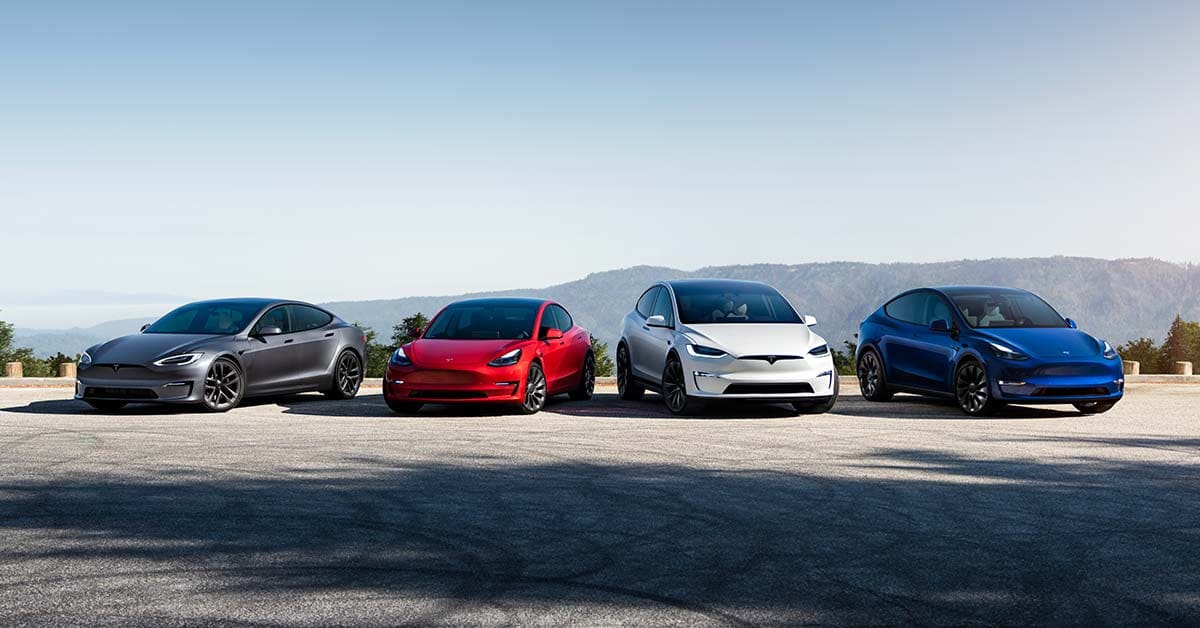Hamartia Antidote
ELITE MEMBER

- Joined
- Nov 17, 2013
- Messages
- 35,183
- Reaction score
- 30
- Country
- Location
Tesla been talking about autonomous cars since 2015 tho
Earlier than that actually.
But remember they are choosing the hard route of relying on dynamic human-like computer vision (which BTW they are leveraging into their robots) to identify the environment.
Others are using matching real-time scanned LIDAR images to a huge pre-scanned and millimeter resolution pre-mapped database of city street (and their adjacent buildings) LIDAR images.
The Tesla one if done correctly should work in all countries without any pre-mapping (just Garmin quality road maps) while the LIDAR one will require all the streets/buildings in a country to be pre-scanned to millimeter accuracy (something which probably will not be allowed in many countries due to security reasons). To make matters worse those pre-scanned LIDAR images of a country will have to be updated frequently to handle any changes.
Tesla is gambling their strategy will be far easily accepted by almost all countries and thus giving them a self-driving monopoly quickly. This should almost be insurmountable as with over a million cars currently on the road learning new edge cases every day it will be too far ahead for a newcomer to surpass.
Last edited:







